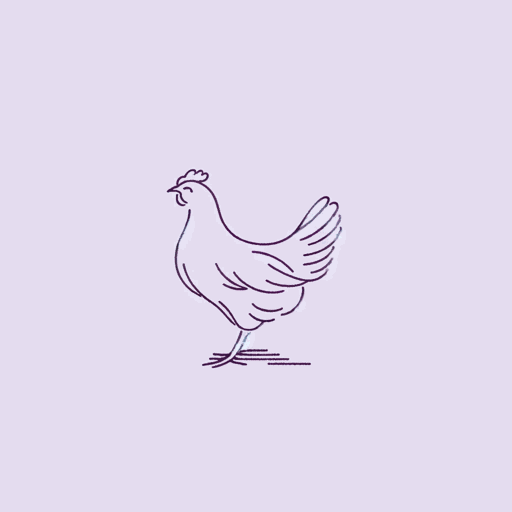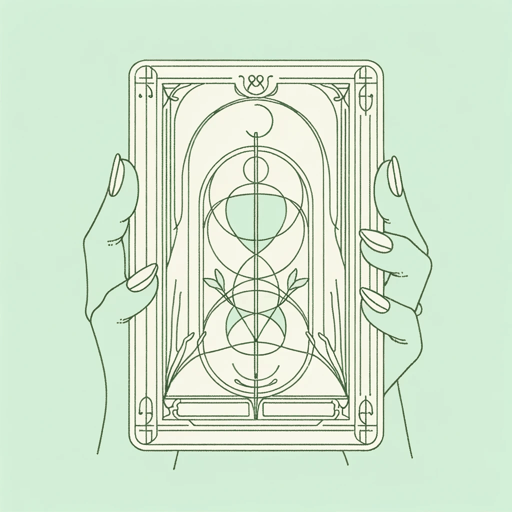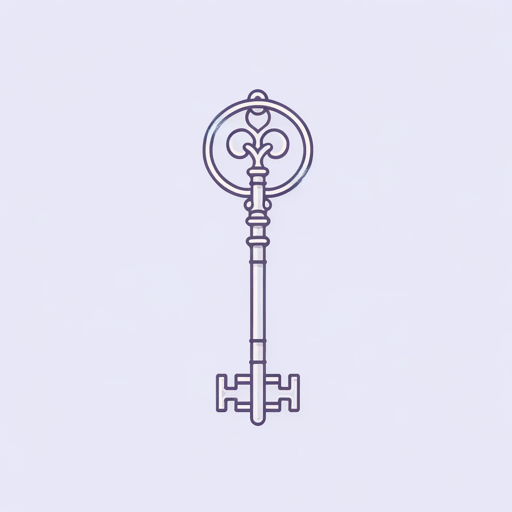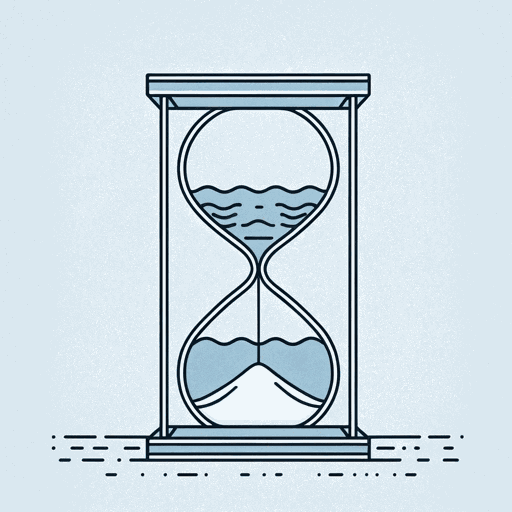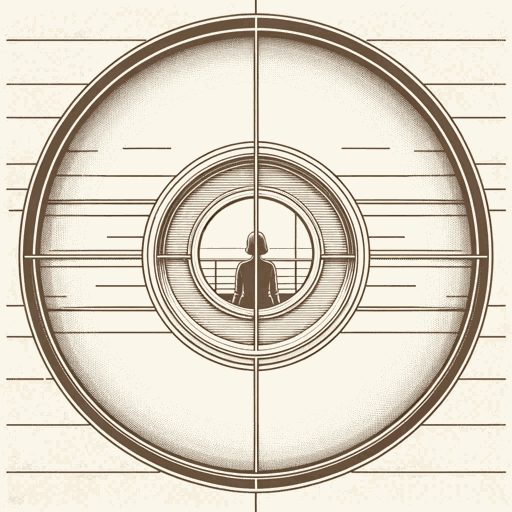51 pages • 1 hour read
Ruth WareThe Turn of The Key
Fiction | Novel | Adult | Published in 2019A modern alternative to SparkNotes and CliffsNotes, SuperSummary offers high-quality Study Guides with detailed chapter summaries and analysis of major themes, characters, and more.
Symbols & Motifs
Heatherbrae House
Heatherbrae House serves as a symbol of family dysfunction and the fracturing of the family unit as well as the self. The house has been occupied by several different families, many of whom have experienced traumatic loss. The Elincourts remodeled it, leaving the front of the house with its Victorian architecture while updating the back to reflect a modern aesthetic. Rachel finds it disjointed and unsettling in its current state—likening it to “oil and water” (69). She compares it to a patient whose “unstitched, bleeding” (198) wounds are hidden beneath their clothing. The house’s neat façade masks the chaos within. The frenetic energy of the house is mirrored in the Elincourts’ dysfunctional family dynamic, as Bill’s extramarital dalliances have left the children in a constant state of rage and paranoia.
The house also represents the splitting of the self. Rachels describes Heatherbrae as giving “a strange feeling of split identity” (198). It tries “hard to be one thing” (198) but has been forced by the Elincourts to become another. Rachel experiences this struggle as she works to present herself as Rowan Caine, the perfect nanny, while fighting against her real identity as Rachel Gerhardt.
Like the house and the Elincourts, Rachel is fractured, split into different parts that have a difficult time coexisting.
Related Titles
By Ruth Ware


